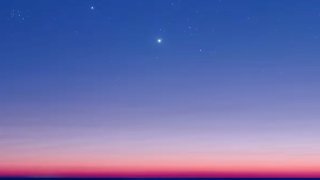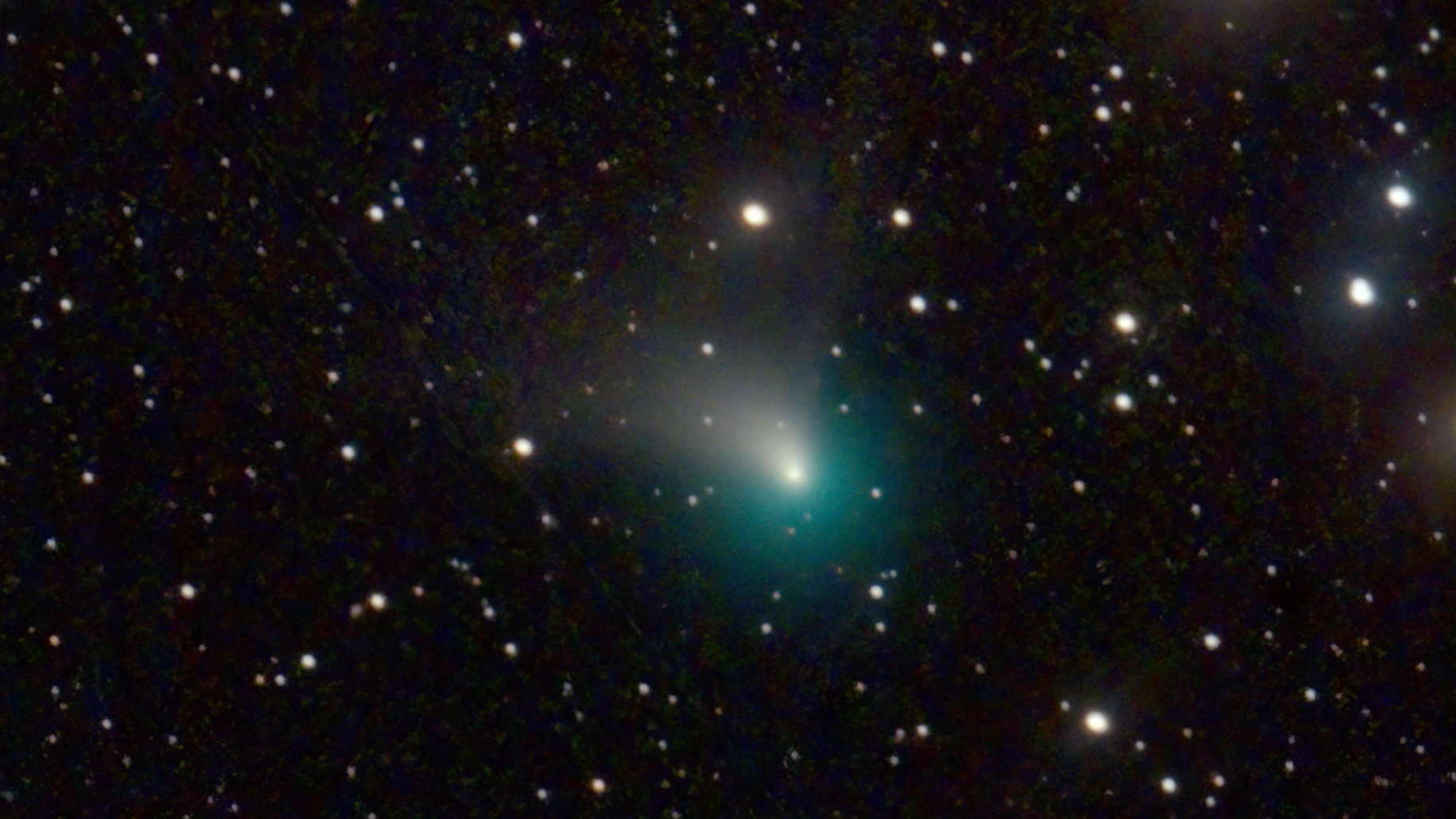
The sky at the beginning of March surprises the world with a phenomenon called a conjunction, in which apparently two or more planets come closer and shine in all their splendor on the horizon.
This time it is Venus and Jupiter, which are just over half a degree of angular separation.
To see this conjunction this Wednesday and Thursday, the National Autonomous University of Mexico (UNAM), through its Science and Astronomy departments, recommends waiting about 30 minutes after sunset and looking west.
Get San Diego local news, weather forecasts, sports and lifestyle stories to your inbox. Sign up for NBC San Diego newsletters.
Near the horizon, you might see what appear to be two bright stars in the sky, but they are actually Venus and Jupiter, two of the brightest planets in the solar system.
The planets, unlike the stars, are closer to the Earth and follow elliptical orbits around the Sun, which means that their movement through the sky is different from that of the stars and the conjunctions occur, he indicates.
Perfect Opportunity for Astronomy Lovers
The phenomenon is a unique opportunity to observe the two planets together in the sky. Venus, known as the “morning star” or the “evening star”, is the second brightest object after the Moon in the night sky, while Jupiter is the fifth closest planet to the Sun and is characterized by its distinctive color reddish.
How and When to Catch the Phenomenon
To see this phenomenon, it is recommended to find a place with good visibility to the west, free of obstacles such as buildings and trees, and preferably away from city lights to get the best view.
The best time to observe the conjunction will be around 8 p.m. Central Time, when Venus and Jupiter will be just above the western horizon.
Astronomer Dr. Ilse Plauchu Frayn, from the San Pedro Mártir National Astronomical Observatory, captured images of the event from the port in Ensenada, Baja California, and from the facilities of the Institute of Astronomy, also in Ensenada.
According to the astronomer Julieta Fierro, these celestial spectacles can be enjoyed without the need for telescopes or binoculars, it is simply about enjoying the sky. It is recommended to get away from the light pollution of the city and head west, where the Pisces constellation is located, for the best view. Do not miss these unique and spectacular astronomical events that the universe offers us.



